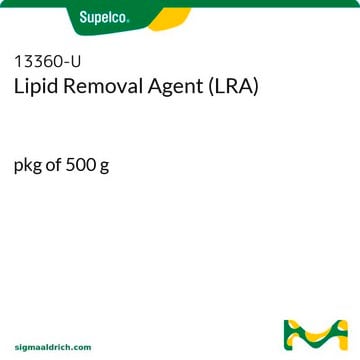The following protocol is intended for the initial evaluation of LRA:
LRA (lipid removal agent) is a patented synthetic mineral that has a unique affinity for lipid, lipoprotein and endotoxin. It is a filterable alternative to fumed silica. The efficiency with respect to time that it takes for the LRA to interact with lipid or other molecules is dependent on the characteristics of the particular starting material. As a result, it is generally recommended that an initial sample test be performed after 1 to 2 hours of contact time and another sample be allowed overnight contact. This will give an indication of how long the LRA needs to be in contact with the fluid and whether additional contact time results in greater binding or, conversely, that lesser contact time results in increased process throughput.
Objective: To determine from an initial screening test, if LRA can remove lipid
or other impurities from a biological fluid.
Test Method:
1. Prepare two 10-mL aliquots of the test fluid into a centrifuge tube.
2. Add 0.4-g of LRA to each sample.
3. Gently agitate both samples at process temperature.
4. After 1 to 2 hours, centrifuge one of the samples.
5. Test the supernatant for lipid depletion* and retention of product of interest.
6. Allow the other sample to agitate overnight.
7. Centrifuge the overnight sample, and test the supernatant for lipid depletion* and retention of product of interest.
The protocol may be optimized to suit the specific sample type and adjusted to account for the individual centrifuge used in the process.







